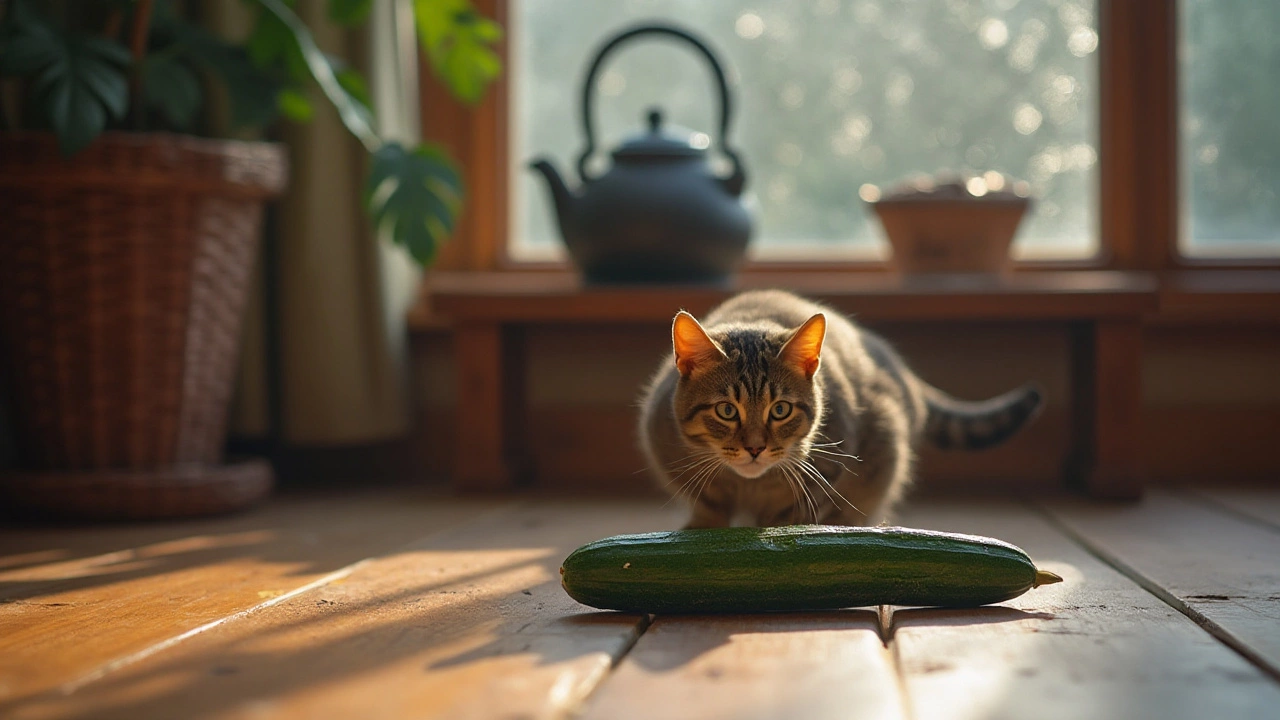Cat Foods: What to Feed Your Feline for Health and Happiness
Got a cat and wonder what to put in its bowl? You’re not alone. With aisles full of kibble, cans, and grain‑free hype, picking the right food feels overwhelming. This guide cuts through the noise, gives you straight answers, and helps you pick food that actually benefits your cat.
Choosing the Right Cat Food
First, think about your cat’s life stage. Kittens need more protein and calories, adult cats thrive on a balanced mix, and seniors often benefit from joint‑supporting nutrients. Look at the label: the first ingredient should be a real meat source – chicken, turkey, or fish. If you see "meat meal" or "by‑product" at the top, the protein quality might be low.
Dry kibble is convenient and cheap, but it can contain fillers like corn or wheat that add carbs without nutritional value. Cats are obligate carnivores; they don’t need a lot of carbs. Wet food usually has higher moisture, which helps with urinary health and mimics a natural diet. A mix of both works for many owners: dry for easy access, wet for hydration and variety.
Watch out for harmful additives. Some dry foods hide artificial colors, excess taurine, or questionable preservatives. If a product lists "flavorings" or "synthetic vitamins" without specifics, it’s a red flag. Brands that are transparent about sourcing and have third‑party testing (like the AAFCO statement) usually earn trust.
Feeding Tips and Schedule
Most cats prefer multiple small meals a day. Free‑feeding dry food can lead to overeating, especially for indoor cats with limited activity. Instead, split the daily portion into two or three scheduled feeds. Use a measuring cup to keep portions accurate – a typical adult cat eats about 20‑30 grams of dry kibble per kilogram of body weight.
For wet food, a 3‑4 oz can per 5 lb of cat weight is a good starting point. Adjust based on your cat’s weight changes. If your cat is chubby, cut the portion back; if it’s losing weight, add a bit more.
Never leave food out for more than 30 minutes in hot weather; bacteria can grow quickly. When you switch brands, do it gradually over a week to avoid stomach upset. Mix a little of the new food with the old, increasing the new portion each day.
Hydration matters. Even if you feed wet food, offer fresh water everywhere – a water fountain can entice picky drinkers. Cats often ignore standing bowls, so keep the water moving.
Finally, keep an eye on your cat’s stool and energy. Shiny coat, playful behavior, and firm stools usually mean the food is working. If you notice vomiting, diarrhea, or weight loss, try a different formula or consult your vet.
Choosing cat food doesn’t have to be a guess. Focus on real meat, avoid unnecessary fillers, match the food to your cat’s age, and feed on a schedule that fits both of you. With these steps, you’ll give your feline the nutrition it needs to stay spry and satisfied.
Posted By Bryndle Redding On 30 Nov 2024 Comments (0)
Why Cats Fear Cucumbers and Other Unexpected Foods
Cats often exhibit unexpected reactions to common items like cucumbers. While the reasons are debated, insights into feline psychology help explain their startle reflex. This phenomenon offers an interesting glimpse into cat behavior and their perception of threats. Understanding these reactions can help in creating a stress-free environment for your pets.
READ MORE